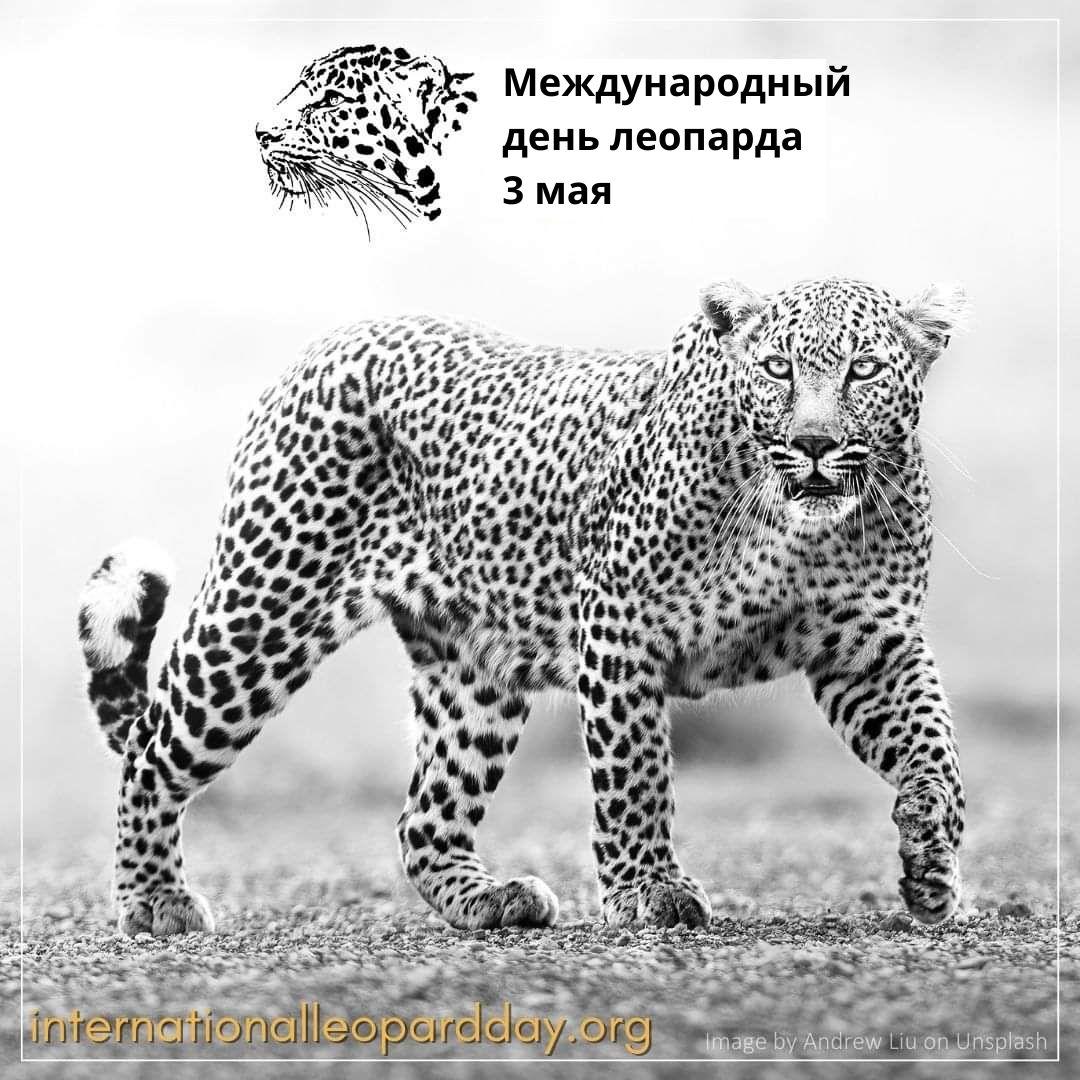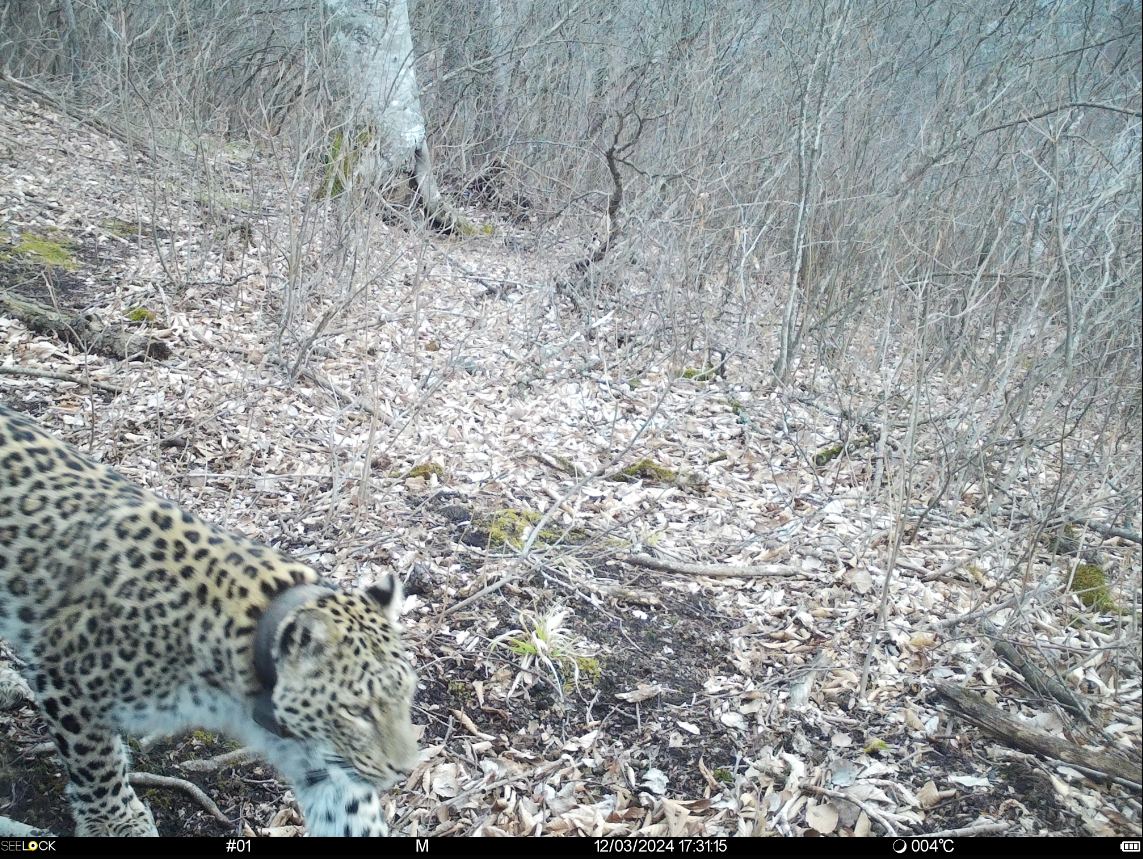
The implementation of the program for the restoration (reintroduction) of leopards in the Central Caucasus began with the release of the first animals in the territory of the Republic of North Ossetia-Alania in 2018. To date, 8 leopards have been released there (4 males and 4 females in 2018, 2020, 2022 and 2023). Comprehensive monitoring, including the entire range of modern and traditional zoological methods, allows us to obtain diverse information and form a general picture of the animal’s adaptation to its natural habitat. First of all, this is data from collars with GPS transmitters, which are equipped on all released leopards (they usually work for about 1.5 years). In addition, photographs of leopards obtained from camera traps installed using a special system, as well as information about the movements of animals based on encounters with their tracks and marks left by them (field methods). On occasion, light-engine aircrafts with specially installed equipment are used.

According to our data, 7 out of 8 released leopards (3 males and 4 females) lived in the wild for at least one year, covering the full cycle of seasons, which confirms the high ability of animals to adapt to natural environments. Animals successfully hunt a wide range of species found in the biotopes they master - both wild ungulates (deer, wild boar, roe deer, chamois) and small predators (badger, jackal, fox). At the same time, leopards avoid conflicts with humans. According to confirmed observations, two females (out of four released) - Volna (2018 release) and Laura (2022 release) - after wandering through the forests and mountains of North Ossetia, formed their habitats in the mountains of Kabardino-Balkaria. One of them in April 2024, according to a number of signs, was actively rutting, which gives hope that the released cats will have offspring in the near future. The basis for such hope for the success of their mating is, among other things, that all the released males (Leo, Baksan, Chilmas) were actively interested in these same territories (judging by the location data obtained from their collars), thoroughly explored these areas and repeatedly successfully hunted there. In addition, we previously confirmed the presence in the same places of Kabardino-Balkaria of a wild male, who apparently came from the southern direction (Transcaucasia, possibly from Georgia).
The alert system we have established regularly receives information about leopard sightings in the same area on the territory of the Chechen Republic. Of all the leopards released, the female named Khosta most successfully explored this area - according to satellite telemetry, she hunted there several times. Currently in Chechnya, work continues on modeling potential leopard habitats; work has begun on installing a camera trap system, which will allow both the identification of the leopard living there and the replenishment of data on the state of the potential food supply for the leopard.
Leopard Chilmas, released on July 15, 2023 in the Republic of North Ossetia-Alania, was regularly on the radar, providing us information about himself and his travels in the Central Caucasus until the beginning of April 2024. During the entire period of his movements, he actively explored the Ardon-Urukh interfluve, the territory of the Federal State Budgetary Institution "Reserved Ossetia-Alania" and partly Kabardino-Balkaria. His trek repeatedly passed through the places that Laura, Agura, Baksan, Leo and Volna had mastered. He also repeatedly hunted in almost the same places where Leo and Baksan had previously captured prey. According to cluster inspection data, Chilmas' prey was primarily wild boar.
By the beginning of April 2024, the area developed by Chilmas was 2,665 km², and the length of the routes was 1,201 km. In total, 20 hunts were registered for him during the entire period of operation of the collar, at the site of which the remains of 16 prey were discovered, of which 10 were large wild ungulates, and the rest were mainly badgers and jackals.
The scientific team of the project sincerely congratulates everyone on International Leopard Day!
Video of a female leopard with characteristic manifestations of sexual behavior, from the territory of Kabardino-Balkaria.
The program for the restoration of the Central Asian leopard in the Caucasus is being implemented by the Russian Ministry of Natural Resources with the participation of the Sochi National Park, the Caucasus Nature Reserve, the Federal State Budgetary Institution "Reserved Ossetia-Alania", the Moscow Zoo with the assistance of the International Union for Conservation of Nature (IUCN). Scientific support of the Program is provided by the A.N. Severtsov Institute of Ecology and Evolution of the Russian Academy of Sciences (IEE RAS) in collaboration with the A.K. Tembotov Institute of Ecology of Mountain Territorie RAS (IEGT RAS), the Caspian Institute of Biological Resources of the Dagestan Federal Research Center of the Russian Academy of Sciences (PIBR DFRC RAS) and zoologists of protected areas. In North Ossetia, financial support for scientific support of the population restoration program is provided by the RusHydro company.
Материалы по теме:
Nature.Kremlin: "Институт имени Северцова поделился результатами слежения за переднеазиатскими леопардами на Центральном Кавказе"
Институт экологии горных территорий им. А.К. Темботова: "Некоторые результаты слежения за переднеазиатскими леопардами, выпущенными в рамках программы по реинтродукции на Центральном Кавказе"
